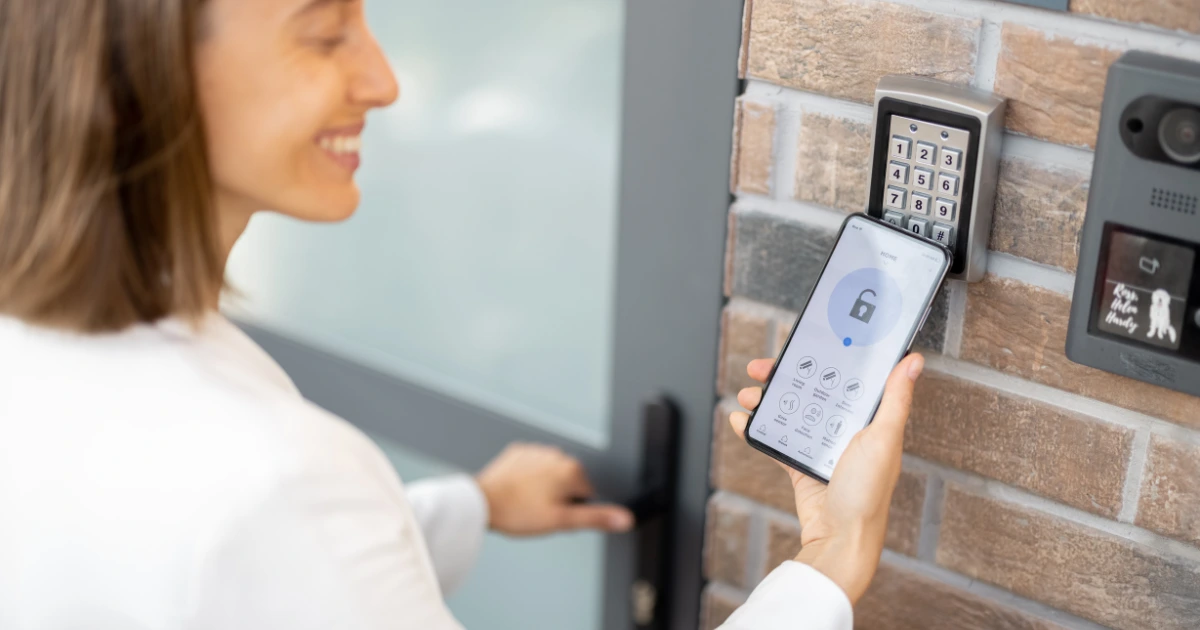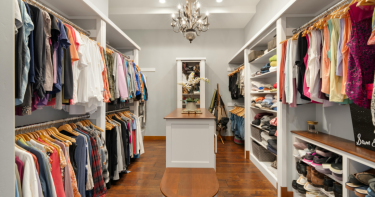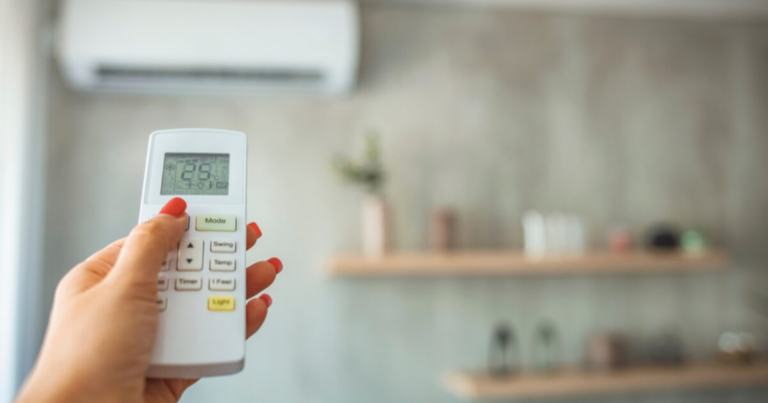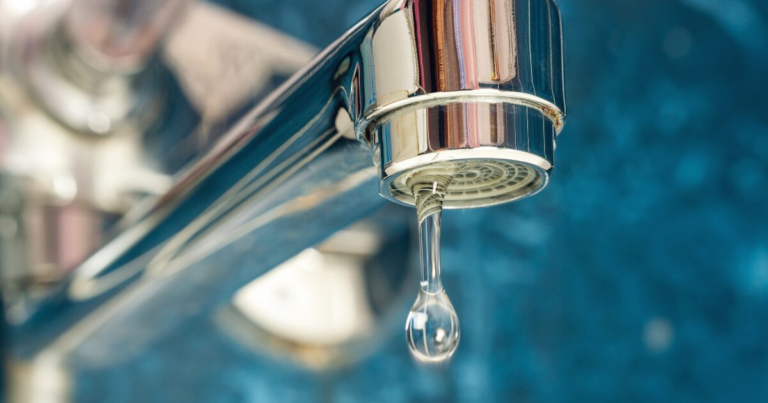Introduction
Home security has evolved dramatically in the last decade. Gone are the days when protecting your home meant hiring a professional, running miles of wires through your walls, and signing up for expensive monitoring contracts. In 2025, smart home security gadgets put you in control—letting you secure your space quickly, affordably, and without needing advanced technical skills.
What makes today’s gadgets so appealing is that they are designed for DIY installation. Whether you live in a large house, a small apartment, or even a rental, you can find smart locks, cameras, and sensors that fit your space and budget. They’re flexible, wireless, and easy to expand as your needs change.
In this comprehensive guide, you’ll discover the 10 best smart home security gadgets you can install yourself. Along the way, we’ll cover what people really want when they search for these gadgets, what to look for before you buy, and how to install them effectively. We’ll also share product recommendations, privacy tips, and best practices for scaling your system over time.
Affiliate Disclosure: This post may contain affiliate links. If you purchase through them, I may earn a commission at no additional cost to you. I only recommend devices that are reliable, trusted, and useful for real homeowners and renters.
What You’re Really Looking For
When you search for “smart home security gadgets,” you’re not just curious about tech trends. You likely have real concerns and specific goals in mind. Let’s break down what most readers like you are actually looking for:
- Quick, easy installation – You don’t want to hire an electrician or drill holes in every wall. Peel-and-stick sensors and wireless cameras are appealing.
- Affordable options – You want protection without draining your budget. Ideally, devices that work without high subscription fees.
- Reliable alerts – Gadgets that notify you immediately when there’s suspicious activity.
- Integration with smart assistants – Devices that play nicely with Alexa, Google Assistant, or Apple HomeKit.
- Long battery life – If a device is wireless, you don’t want to change batteries every month.
- Privacy protection – Assurance that your data is secure and your devices aren’t spying on you.
- Expandable systems – The ability to start with one or two gadgets and add more as you go.
- Outdoor durability – Weatherproofing for cameras and sensors placed outside.
- Practicality for renters – Devices you can take with you when you move.
- Peace of mind – Ultimately, the feeling that your family and home are safer.
This guide is designed to answer those concerns directly and connect you with solutions that make sense for your daily life.
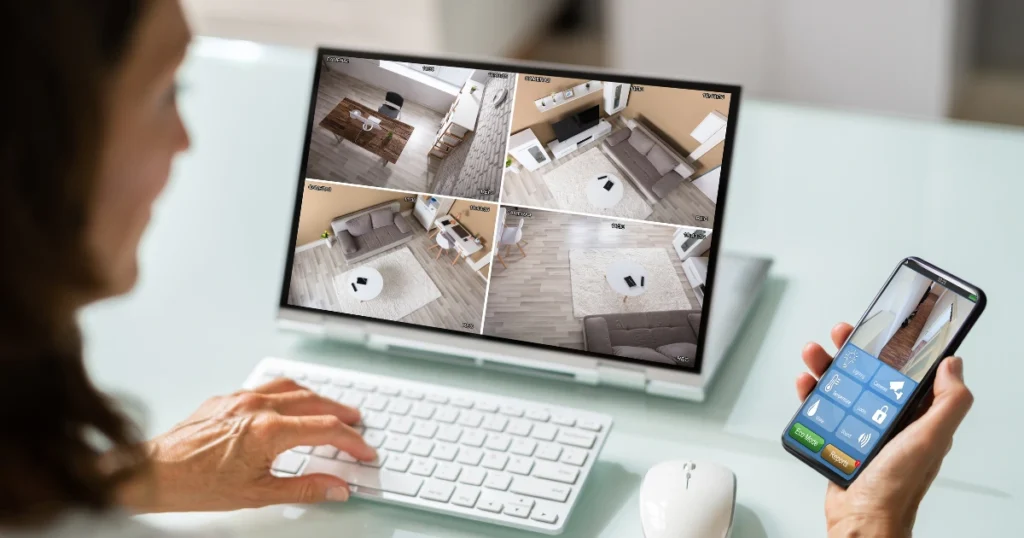
What to Look for in a Smart Security Gadget
Before you start adding devices to your shopping cart, take a moment to think about these features. They’ll help you choose the right gadgets for your situation:
- Power source: Is the device battery-powered, wired, or USB rechargeable?
- Connectivity: Does it use Wi-Fi, Zigbee, Z-Wave, or Bluetooth?
- Storage: Will your recordings be stored locally on an SD card or in the cloud?
- App experience: Does the app offer simple setup, instant alerts, and regular updates?
- Security: Are communications encrypted, and does the brand provide consistent firmware updates?
- Ease of setup: Can you mount it with adhesive strips, or do you need tools?
- Scalability: Will this gadget still be useful if you add more devices later?
10 Smart Home Security Gadgets You Can Install Yourself
Here’s a breakdown of the top-rated, easy-to-install gadgets available today.
1. Ring Alarm Pro Home Security Kit
- What it is: All-in-one hub with motion detectors, contact sensors, keypad, and Wi-Fi 6 router.
- Best for: Families who want a starter kit with everything in one package.
- Pros: Easy setup, integrates with Ring cameras, expandable with extra sensors.
- Cons: Advanced features like professional monitoring require a subscription.
- Price: ~$299.99 [Shop on Amazon →]
This kit covers your bases right out of the box, making it a great first step toward full-home protection.
2. SimpliSafe 9-Piece Outdoor Security System
- What it is: DIY kit with outdoor cameras, base station, keypad, and sensors.
- Best for: Renters and homeowners seeking a comprehensive yet flexible solution.
- Pros: Contract-free monitoring, peel-and-stick installation, customizable alerts.
- Cons: Higher upfront cost than some entry kits.
- Price: ~$449.99 [Shop on Amazon →]
SimpliSafe is popular because it balances ease, reliability, and scalability without locking you into long-term contracts.
3. Blink Outdoor 4 Wireless Camera
- What it is: Weatherproof, battery-powered outdoor camera with up to two years of battery life.
- Best for: People who want flexibility without wiring.
- Pros: Affordable, excellent battery life, reliable app.
- Cons: Requires a subscription for cloud storage.
- Price: ~$399.99 (5-camera kit) [Shop on Amazon →]
Its long battery life makes it perfect for hard-to-reach spots like sheds, garages, or trees.
4. Arlo Home Security System
- What it is: A modular system with sensors for doors, windows, and motion.
- Best for: Homeowners who like to build their own setup gradually.
- Pros: Strong ecosystem, good app support, integrates with Arlo cameras.
- Cons: Subscription required for AI-powered notifications.
- Price: ~$139.99 [Shop on Amazon →]
Arlo’s flexibility lets you tailor your system around your home’s unique layout.
5. August Wi-Fi Smart Lock
- What it is: A Retrofit lock that fits over your existing deadbolt.
- Best for: Keyless entry and app-controlled access.
- Pros: No extra bridge required, easy to install, works with Alexa and Google.
- Cons: Shorter battery life compared to some smart locks.
- Price: ~$152.99 [Shop on Amazon →]
This lock gives you the peace of mind of remote access while still keeping your existing keys as a backup.
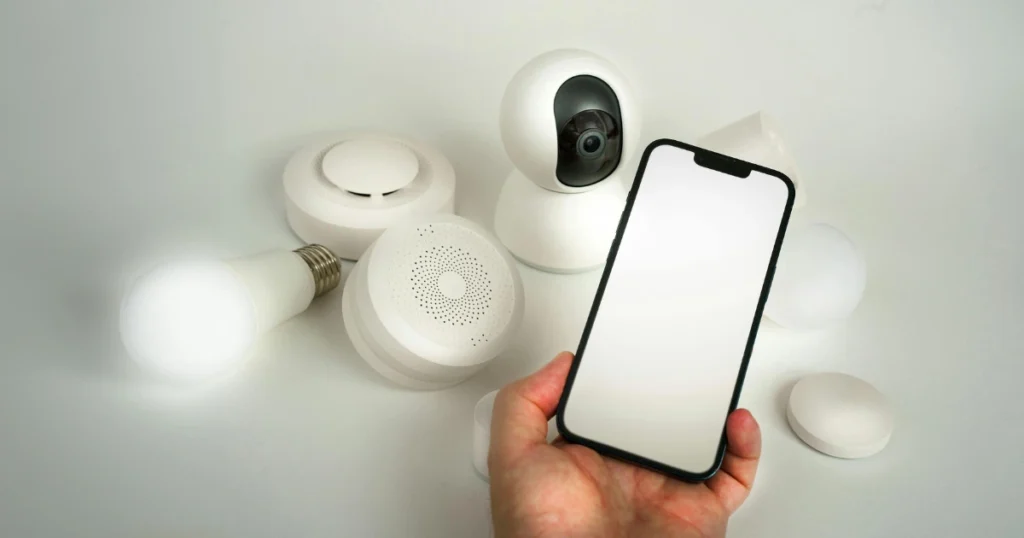
6. Philips Hue Secure Wired Camera
- What it is: An Indoor camera that integrates with Hue smart lighting.
- Best for: Homes that already use Philips Hue lights.
- Pros: Reliable wired connection, lighting automation for deterrence.
- Cons: Requires Hue Bridge for advanced features.
- Price: ~$129.99 [Shop on Amazon →]
A clever option if you want to combine lighting and video surveillance in one ecosystem.
7. Blink Mini 2 Indoor Camera
- What it is: Compact plug-in camera with HD video and two-way audio.
- Best for: Apartment dwellers and budget-conscious buyers.
- Pros: Extremely affordable, simple plug-and-play setup.
- Cons: Needs to be plugged into a power outlet.
- Price: ~$19.99 [Shop on Amazon →]
For under $20, it’s a fantastic way to monitor indoor spaces like living rooms or nurseries.
8. Philips Hue Secure Contact Sensor
- What it is: A Door and window sensor that integrates with Hue lighting.
- Best for: Entry monitoring that can trigger lights as alarms.
- Pros: Slim, discreet design; can connect to other Hue devices.
- Cons: Works best only within the Hue ecosystem.
- Price: ~$39.99 [Shop on Amazon →]
These sensors are ideal for creating visual alarms, like flashing lights when a door opens unexpectedly.
9. Eufy Security Video Doorbell (Battery-Powered)
- What it is: Video doorbell with 2K resolution and local storage.
- Best for: Protecting packages and entryways.
- Pros: Subscription-free local storage, clear video quality.
- Cons: Smaller ecosystem compared to Ring.
- Price: ~$149.99 [Shop on Amazon →]
If you’re tired of paying cloud storage fees, Eufy’s local storage option will save money in the long run.
10. Wyze Cam v4 (Indoor/Outdoor)
- What it is: Budget-friendly camera with color night vision.
- Best for: Affordable all-around surveillance.
- Pros: Inexpensive, flexible placement indoors or outdoors.
- Cons: Requires a microSD card for local storage.
- Price: ~$29.99 [Shop on Amazon →]
Wyze offers big features at a small price, making it an excellent choice for testing smart security setups.
Comparison Table
| Use Case | Recommended Gadget | Strengths | Weaknesses |
| Whole-home protection | Ring Alarm Pro | Expandable, integrates with cameras | Subscription for features |
| Outdoor surveillance | Blink Outdoor 4 | Wire-free, long battery life | Cloud storage fees |
| Entry security | August Smart Lock | Keyless entry, app control | Battery replacements |
| Indoor monitoring | Blink Mini 2 | Affordable, HD video, two-way audio | Needs outlet |
| Porch/package safety | Eufy Video Doorbell | 2K resolution, local storage | Limited ecosystem |
Affiliate Disclosure: This post contains affiliate links. As an Amazon Associate, I earn from qualifying purchases.
Installation Best Practices
- Mount cameras 6–8 feet high for the best angle.
- Point cameras away from direct sunlight to avoid glare.
- Install motion sensors about 3–4 feet off the ground.
- Use adhesive strips or magnetic mounts if you’re renting.
- Test your Wi-Fi range before committing to permanent placement.
Security & Privacy Tips
Even the best devices can expose you to risks if not set up properly. Protect yourself by:
- Changing default passwords immediately.
- Enabling two-factor authentication in apps.
- Regularly updating firmware.
- Putting gadgets on a separate Wi-Fi network for IoT devices.
- Choosing local storage when possible.
Scaling Your System Over Time
You don’t need to buy everything at once. Start small:
- Begin with a smart lock and video doorbell.
- Add indoor and outdoor cameras as your needs grow.
- Expand with motion and contact sensors for extra entry points.
- Stick to one ecosystem (like Ring, Arlo, or Hue) for simplicity.
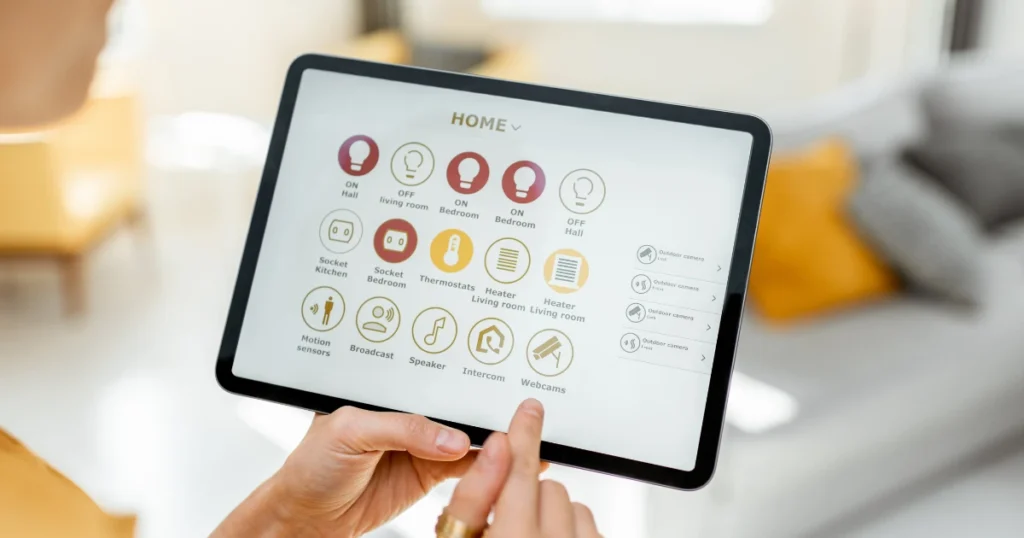
FAQs about 10 Smart Home Security Gadgets You Can Install Yourself:
Some do, but many offer free local storage options. Eufy and Wyze are excellent choices for avoiding ongoing fees.
Yes—most are designed to be removable, so you can take them when you move.
Choose gadgets with built-in batteries or backup options.
Yes. Modern gadgets are reliable enough for most households if maintained properly.
Keep devices updated, use two-factor authentication, and never use default passwords.
You May Also Like,
How to Remove Yellow Armpit Stains from Clothes | DIY Fixes
How to Make Homemade Natural Air Fresheners That Last | DIY Guides
Conclusion
Smart home security gadgets have revolutionized home protection. You no longer need to pay for expensive professional installs or long-term contracts. With just a few affordable devices, you can protect your entryways, monitor your property, and deter intruders—all while staying in control.
Whether you’re starting with a simple video doorbell or building a full DIY system, the key is to choose gadgets that are easy to install, expandable, and reliable. With the right setup, you’ll enjoy peace of mind and a safer home.
Looking for More Smart Solutions?
Find cleaning tricks, DIY fixes, and lifestyle hacks all in one place on our homepage
References
- Security.org — Best DIY Home Security Systems (2025)
- SafeHome.org — Best DIY Home Security Systems review
- SafeWise — No Subscription Self-Monitored Systems
- Abode Smart Security Kit details
- Smart plug technology & wiring context
- IoT device security risks (traffic sniffing)
👉 Want more interesting hacks? See our Tech Hacks and Home Hacks pages.


